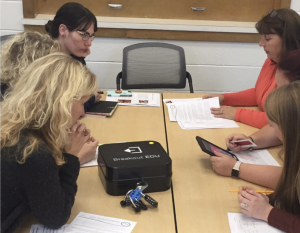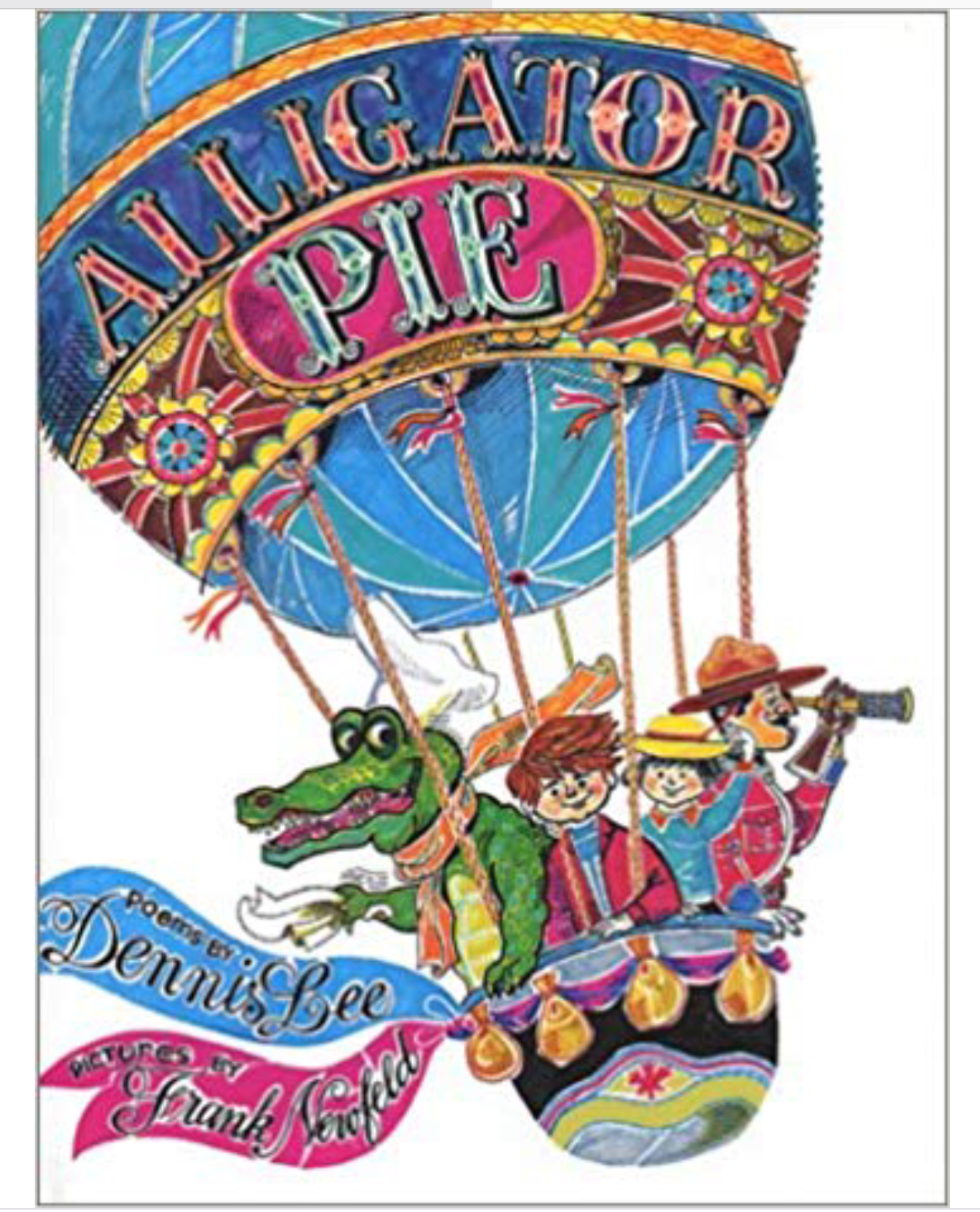This year, myself as well as the other intermediate teachers in my school will be taking place in a three-part reading school sponsored professional development. We will be looking at phonics and its place in the intermediate classroom. I look forward to blogging about these three sessions.
For these sessions, Kate and Ashley (our consultants) came in to lead us through our reading PD. We had our first session last week with the focus on what everyone’s current literacy block looks like and how much time we are devoting to word studyfocus on the right to read report. To start our PD session, we looked at our different students and what their current needs are. We know that some of our students are starting to read, reading with some understanding or reading with a good knowledge of what they are learning about. We want to focus on assisting each student at where they are at.
We were introduced/re-reminded of what a literacy block should look like:
Literacy Block
- Whole group oral language and knowledge building- 30 minutes
- Whole group word study- 20 minutes
- Small group instruction- 20 minutes
- Reading and writing- 20 minutes
Our focus for our first PD would be whole group word study and how we can incorporate that into our language lessons. Recently, our school support staff helped complete a CORE phonics assessment for our students. The data showed where students were at and what their needs were. Some examples of needs were: reading multisyllabic words and di & trigraphs. The lessons we use in our class should be based on our core phonics reading data and the gaps displayed in that data.
Our focus and curriculum expectation for our the lesson we would be co-creating would be:
Grade 7:
B2.1- use generalized knowledge of the meanings of words and morphemes (i.e., bases, prefixes, and suffixes) to read and spell complex words with accuracy and automaticity
B2.2- demonstrate an understanding of a wide variety of words, acquire and use explicitly taught vocabulary flexibly in various contexts, including other subject areas, and use generalized morphological knowledge to analyze and understand new words in context
B2.3- read a variety of complex texts fluently, with accuracy and appropriate pacing, to support comprehension, and when reading aloud, adjust expression and intonation according to the purpose of reading
Grade 8:
B2.1- use consolidated knowledge of the meanings of words and morphemes (i.e., bases, prefixes, and suffixes) to read and spell complex words with accuracy and automaticity
B2.2- demonstrate an understanding of a wide variety of words, acquire and use explicitly taught vocabulary flexibly in various contexts, including other subject areas, and use consolidated morphological knowledge to analyze and understand new words in context
B2.3- read a variety of complex texts fluently, with accuracy and appropriate pacing, to support comprehension, and when reading aloud, adjust expression and intonation according to the purpose of reading
Throughout our PD, we looked at how to teach our students these important skills and how they could be integrated into our other subjects. Some strategies include:
- Using the vocabulary from our science units
- Break up the syllables, read, identify consonants and vowels
- Using the vocabulary from Nelson literacy texts
- Break up the syllables, read, identify consonants and vowels
Our school provided us with a book that would help us teach this new learning. The book is:
“Teaching phonics & word study in the intermediate grades” by Wiley Blevins. I have already tried one lesson from this book and my students had a great time. This lesson was designed with Kate & Ashley with other intermediate teachers.
Word Study Lesson
Activity:
Write the word “fabric” on the board. Have the students count the syllables in the word and divide the syllables with a line. Identify underneath the consonants and vowels in the word. Then, repeat with several other words without saying the word aloud to them. Have students read the word out together after they have broken up the syllables.
Duration:
We did this for about 20 minutes as a whole class with multiple words.
Consolidation:
We talked about patterns and how we noticed that the word was broken up in between its consonants. We also talked about what type of words we were reviewing and how they were all closed vowel words.
Other words used:
- Husband
- Beverage
- Jogger
- Active
- Package
- Splendor
I look forward to trying another lesson from the book during my next language class.

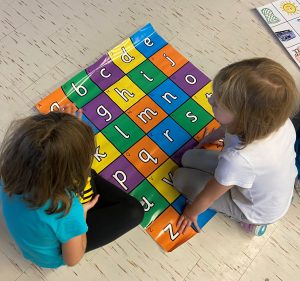
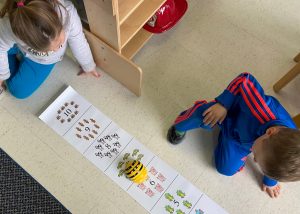
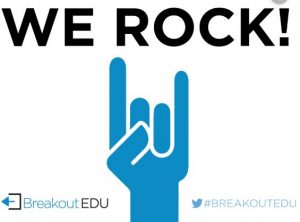
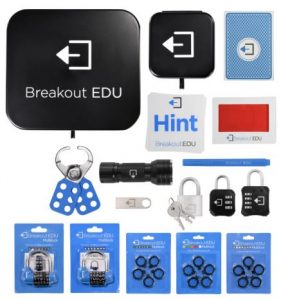 https://www.breakoutedu.com/
https://www.breakoutedu.com/